(MENAFN- USA Art News) Peter Weibel, the Austrian conceptual artist, curator, thinker, and tireless champion of new media art, has died at age 78.
Germany's ZKM Center for Art and Media Karlsruhe, where Weibel served as director for 24 years, announced his death, which came after a short illness.
“The ZKM's worldwide reputation and its constant development and opening up to topics and social issues are due to [Weibel's] uncompromising commitment,” Petra Olschowski, the minister of science, research and the arts of the German state of Baden-Württemberg, said in a statement .
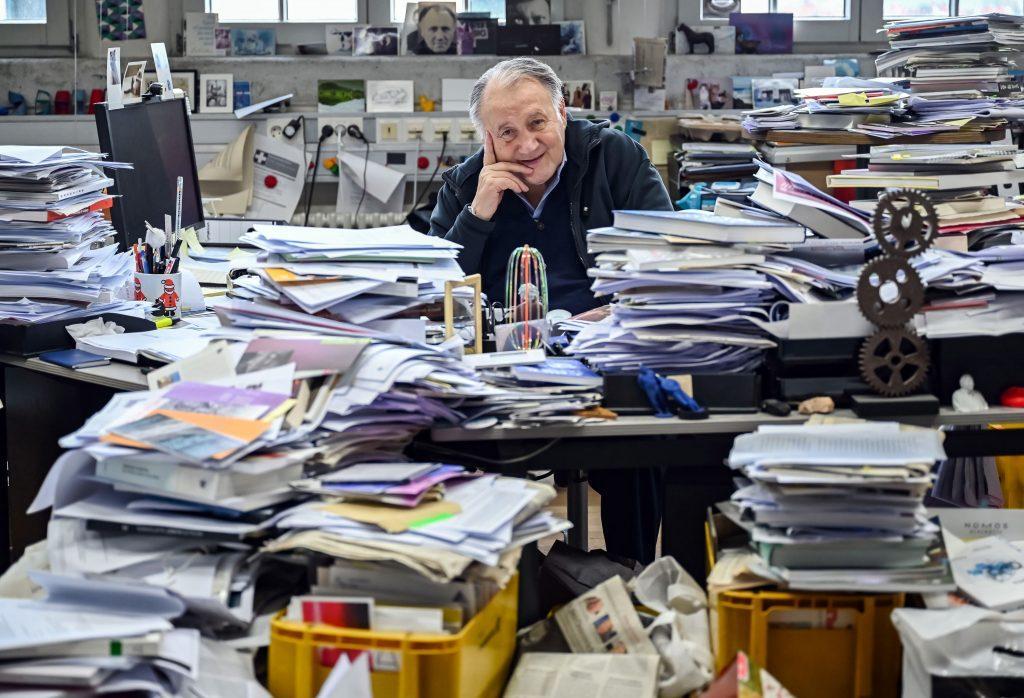
Peter Weibel in his office at ZKM. Photo: Uli Deck/picture alliance via Getty Images.
Weibel was fascinated by the role of media and technology in shaping both reality and art-making. His multimedia experiments probed the intersections of science and aesthetics; his teaching at institutions sought to shape the discourse around new media; and his curatorial efforts advocated for digital artists including Lynn Hershman Leeson and Olafur Eliasson.
“With the advent of personal computers in everyday life, even the art world is forced to recognize that we are living not in a painted environment but a mediated environment,” he told clot magazine in 2021.“Even the art world cannot close its eyes and refuse to see the world as a product of science and technology.”
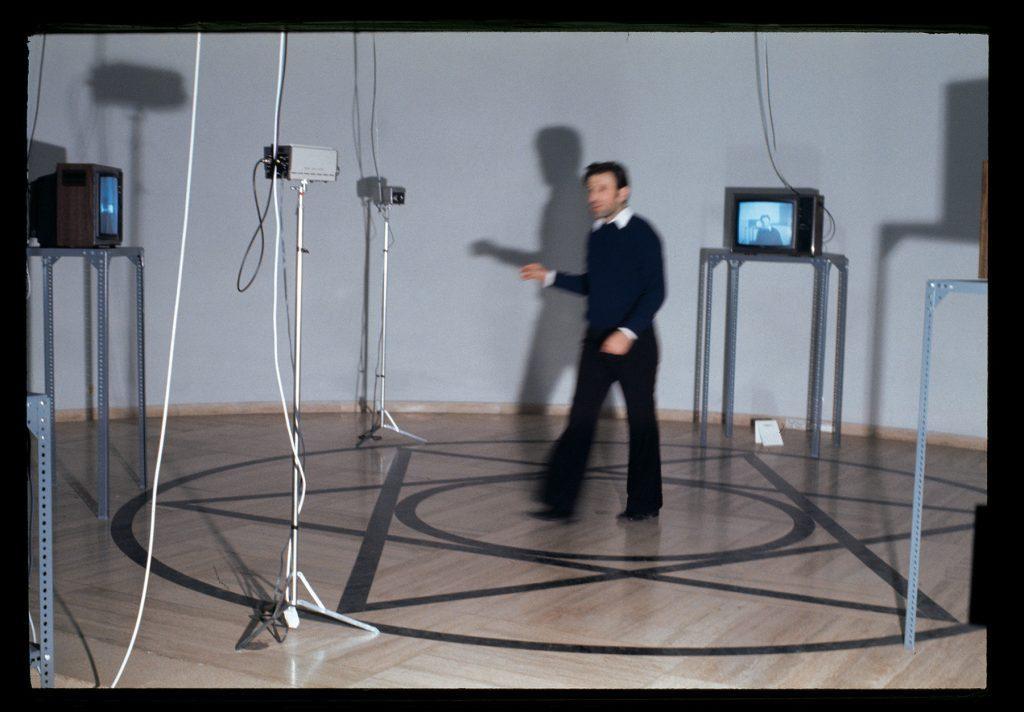
Peter Weibel, (1973). Photo: © Archive Peter Weibel.
Born in Odessa, Russia, in 1944, Weibel was raised in Austria before going on to study French in Paris and medicine in Vienna. In the 1960s, he commenced a creative practice that ranged from experimental literature to performance art, engaging with the Fluxus-esque Viennese Actionism movement and the“Destruction in Art Symposium.”
The following decades saw Weibel expand his oeuvre to encompass music, sculpture, and video, alongside the rise of computing technology in the 1980s.
His role as a media theorist grew that same decade, when he logged stints as a professor at educational institutions including the University of Applied Arts Vienna, the University of Kassel, and the State University of New York in Buffalo. From 1992, he held directorships at Ars Electronica in Linz and the Neue Galerie Graz, before landing at ZKM in 1999.
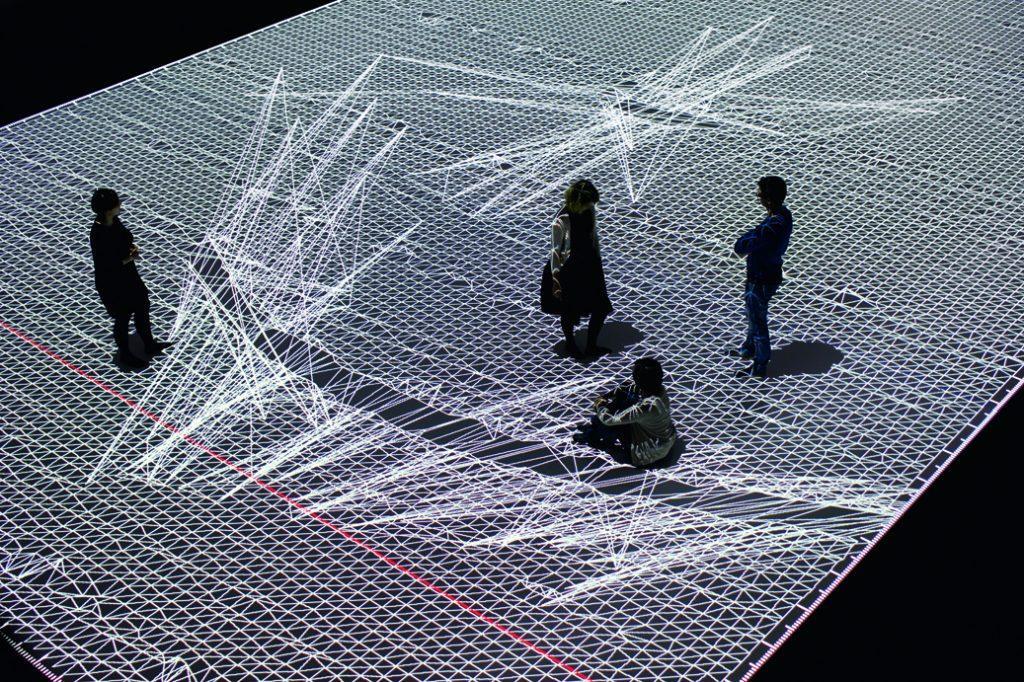
Ryoji Ikeda, (2015). Photo: Martin Wagenhan © ZKM | Karlsruhe.
As a curator, Weibel platformed digital interventions into art, co-curating the celebrated show of net art,“net_condition ,” at ZKM in 1999, in addition to masterminding solo exhibitions by Leeson, Eliasson, and Ryoji Ikeda.
“The museum must become a thought and knowledge space where competent people can teach,” he told goethe-institut .“The new technologies give us the opportunity to change the behavior of the public in museums-not merely to look at touristic images like trophies.”
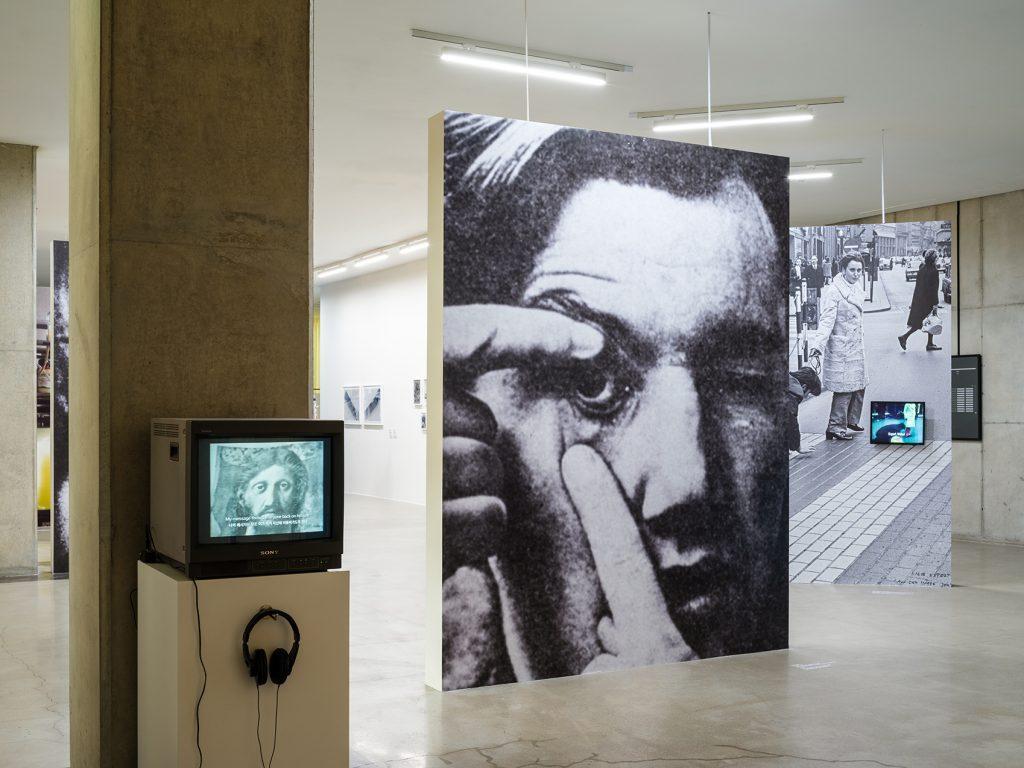
Installation view of“respectively, Peter Weibel. Art as an Act of Cognition.” Photo courtesy of National Museum of Modern and Contemporary Art, Korea.
At the same time, Weibel continued to make art with emerging digital tools. In 2017, his retrospective“respectively, peter weibel. art as an act of cognition ,” ran at the National Museum of Modern and Contemporary Art, Korea. It would turn out to be the artist's last exhibition.
Below, we gathered remembrances of Weibel from digital artists and collaborators, shared on social media and with us.
Olafur Eliasson In a post on Instagram, the Icelandic artist recalled Weibel's support in his early career, a backing that evolved into a dynamic partnership as the pair worked on Eliasson's 2001 exhibition,“surroundings surrounded” at ZKM. He continued:“Peter's dedication to staying in close contact with younger generations of artists, his insatiable curiosity, and his incredible generosity in sharing perspectives made him a much appreciated lecturer... Today is the moment to celebrate Peter's extraordinary work and spirit.”
Hanin Hannouch The curator for analogue and digital media at the Weltmuseum Wien in Vienna, Hannouch remembered her time as an intern at ZKM 10 years ago when“Peter sat down with me, we had coffee & cake & spoke about the future of contemporary art.” She added,“I often thought about when I'll see him again & we'd pick up the discussion where we left it.”
Refik Anadol Once a student of Weibel, Anadol's works would find their way into a number of exhibitions that the museum director curated, not limited to“negative space” at ZKM in 2019 and“kinetismus: 100 years of electricity in art” at Kunsthalle Praha in 2022. On March 2, the artist, currently exhibiting at Art Dubai, dedicated a tweet to his former mentor that read in part:“His legendary work brought recognition for media arts-in general for digital art. I was fortunate to work with him closely and deeply respected his passion for art with technology and science in ZKM.”
Herbert W. Franke Foundation Artist Herbert Franke and Weibel, both early practitioners of digital art, ran in the same circles , fueled by the same impulse to expand the role of technology in art-making. Franke's decades-long archives have been entrusted to ZKM, which, in 2018, conferred on the artist an honorary doctorate . On March 4, the Herbert W. Franke Foundation, established by Franke and his wife Susanne Päch in 2022, tweeted,“So many thanks for everything, dear Peter!”
Lynn Hershman Leeson
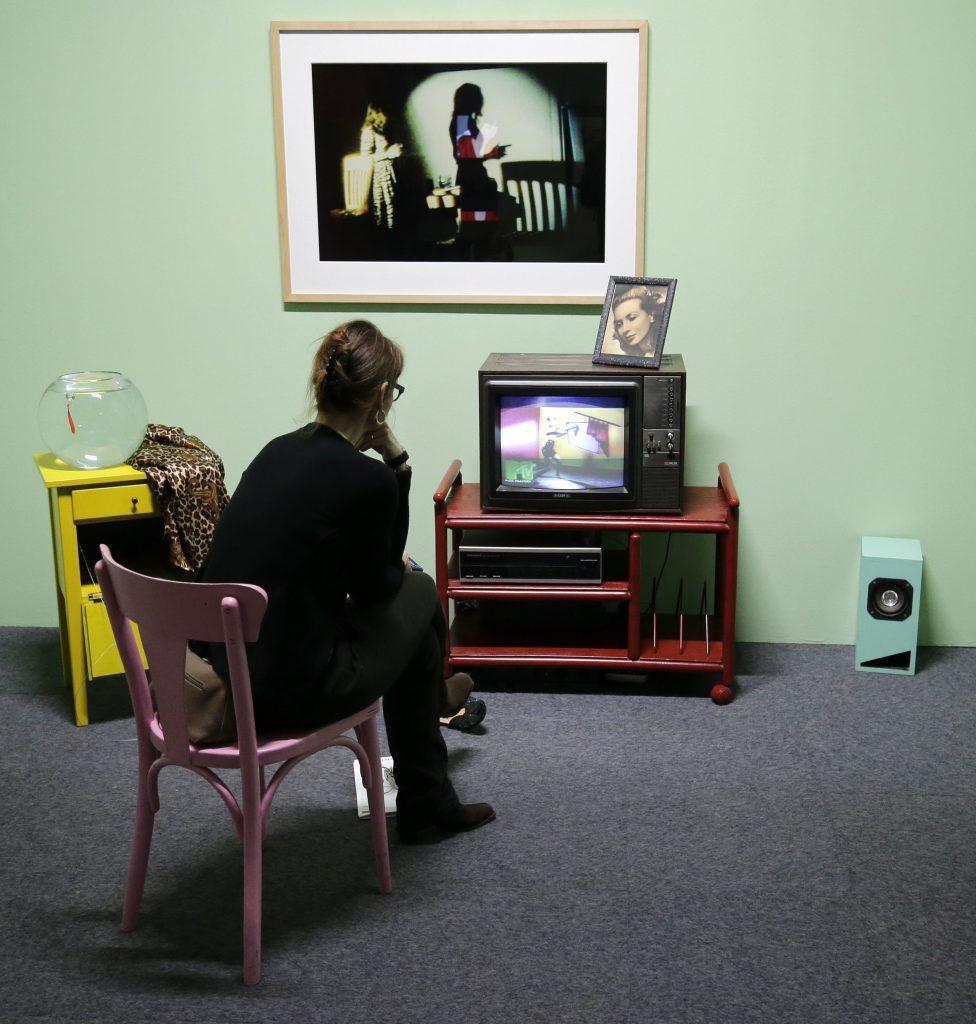
Installation view of“Civic Radar” at ZLM. Photo: Ronald Wittek/picture alliance via Getty Images.
Leeson and Weibel shared a friendship that stretched over more than four decades:“We rarely shared the same physical space, but yet, never lost touch,” she told Artnet News. In 2014, Weibel staged Leeson's first-ever retrospective at ZKM,“civic radar ,” where 80 percent of the works were being exhibited for the first time, and edited her first book of the same name, powering on despite being turned down by his original publisher because Leeson was an“unknown.”
She continued:“Without Peter's generosity and his invincible, expanded vision, many artists and means of media production would be unknown. About 45 years ago, he predicted with uncanny accuracy how art would change in the future... 'The way to predict the future is to create it,' he would say. He died of heart failure once before, perhaps 40 years ago on a treadmill, but miraculously came back to life. There was a feeling then as now, he was immortal.”
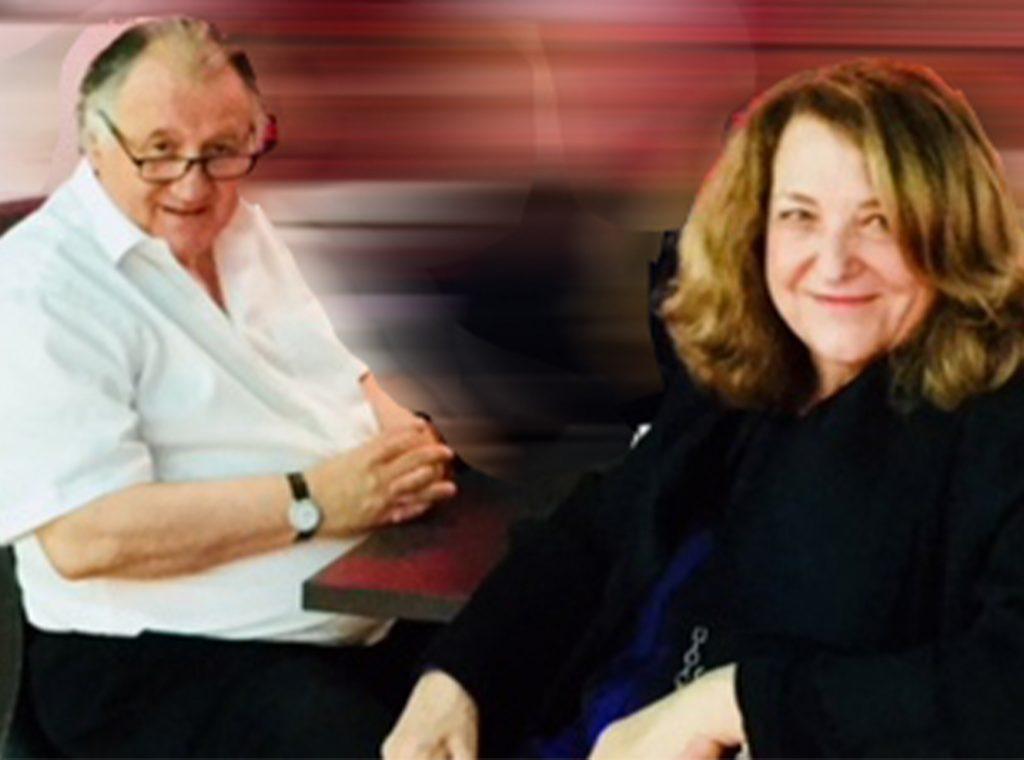
Peter Weibel and Lynn Hershman Leeson. Photo courtesy of Lynn Hershman Leeson.
“Like DNA,” she said of Weibel's footprint,“history refuses to evaporate, and Peter's legend and legacy are intact.”
“We texted often,” she added.“This is the text he sent me three days ago: 'The coming weeks I am finishing texts books projects packing books organizing transports... I hope I survive well and will stay healthy enough for my projects in Vienna. I have a wonderful exhibit and great success in the national museum in Seoul. Peter.'”